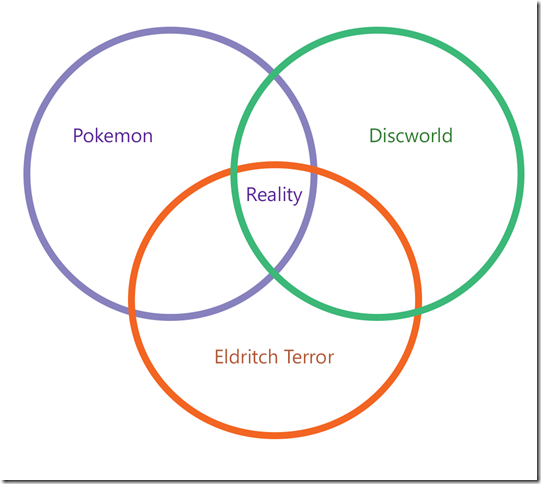On Saturday, October 29th, Dennis Vroegop and I will be running a Mixed Reality Workshop as part of the DEVintersection conference in Las Vegas. Dennis is both a promoter and trainer in Mixed Reality and has made frequent appearances on European TV talking about this emerging technology as well as consulting on and leading several high-profile mixed reality projects. I’ve worked as a developer on several commercial mixed reality experiences while also studying and writing about the various implications and scenarios for using mixed reality in entertainment and productivity apps.
Our workshop will cover the fundamentals of building for mixed reality through the first half of the day. Through the rest of the day, we will work with you to build your own mixed reality application of your choice—so come with ideas of what you’d like to make. And if you aren’t sure what you want to create in mixed reality, we’ll help you with that, too.
Here’s an outline of what we plan to cover in the workshop:
- Hardware: an overview of the leading mixed reality devices and how they work.
- Tools: an introduction to the toolchain used for mixed reality development emphasizing Unity and Visual Studio.
- Hello Unity: hands-on development of an MR app using gestures and voice commands.
- SDK: we’ll go over the libraries used in MR development, what they provide and how to use them.
- Raycasting – covering some things you never have to worry about in 2D programming.
- Spatial Mapping and Spatial Understanding – how MR devices recognize the world around them.
- World Anchors – fixing virtual objects in the real world.
Break for lunch
8. Dennis and I will help you realize your mixed reality project. At the end of the workshop, we’ll do a show and tell to share what you’ve built and go over next steps if you want to publish your work.
We are extremely excited to be doing this workshop at DEVintersection. Mixed Reality is forecasted to be a multi-billion dollar industry by 2020. This is your opportunity to get in at the ground floor with some real hands-on experience.
(Be sure to use the promo code ASHLEY for a discount on your registration.)

